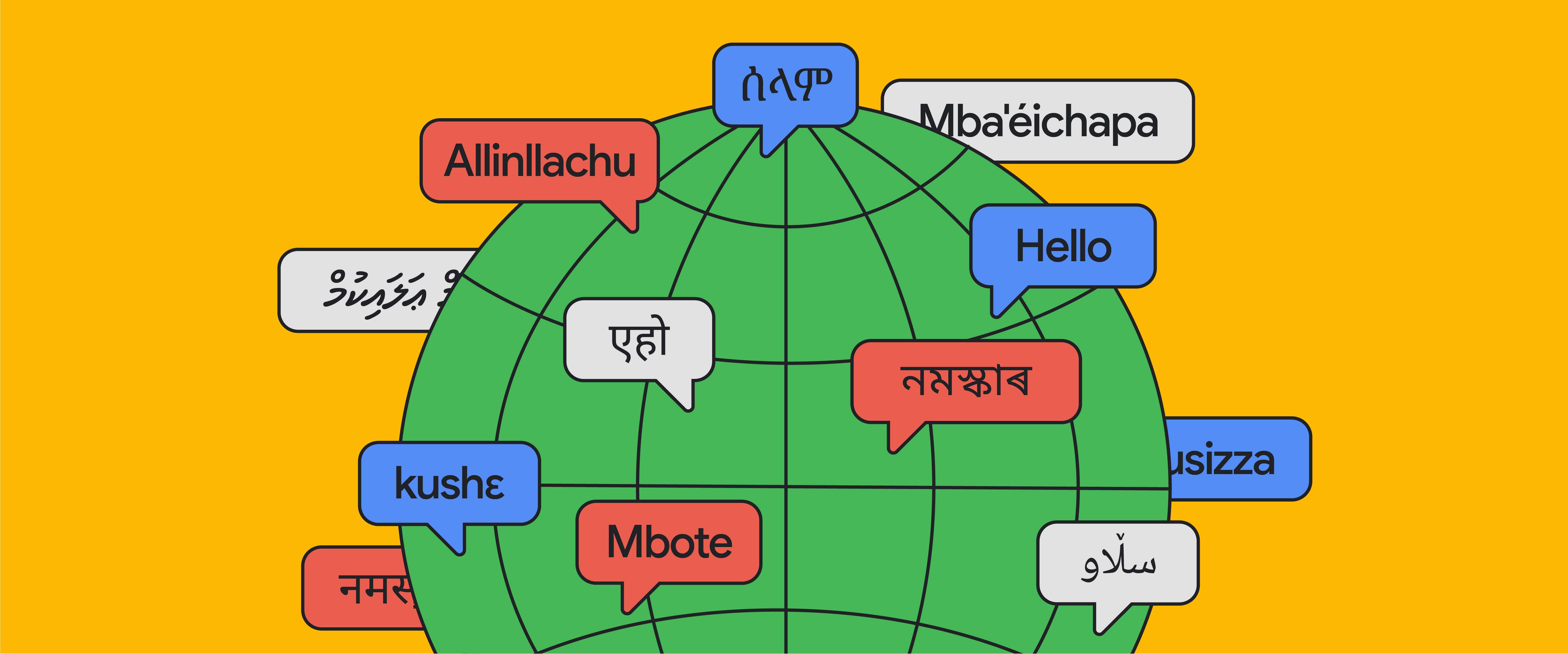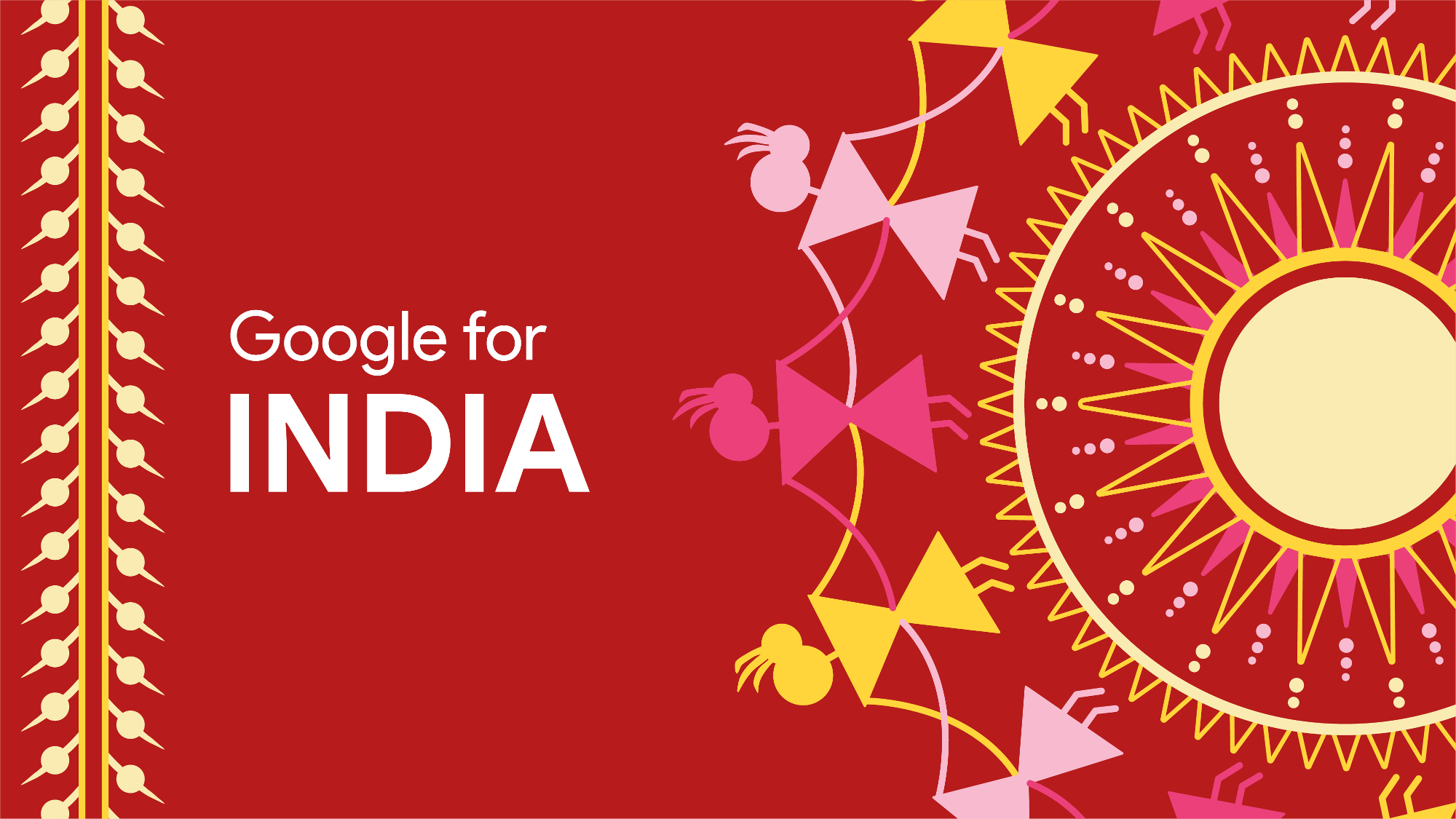Google for India 2020: Writing the next chapter of our efforts in India

At our very first Google for India in 2015, we outlined our vision to help the widest number of Indians have access to the Internet — and make it relevant and useful for every one of them. Back then, connectivity, data and device affordability were major issues. And we were only just beginning to see more Indian-language users come online.
To help with the digital transformation of a country as large and diverse as India, we needed to make fundamental changes to how we approached our product development. We looked at where we needed to create products that worked offline, we honed our capabilities to design and build for India, and we invested in partnering deeply with the government and industry to overcome these challenges.
We made India central to our Next Billion Users initiative - intended to level the playing field and make the internet useful for people coming online for the first time. Through Android, we worked to make high quality devices more affordable, enabled Indian language support both across GBoard and Google Assistant, and introduced offline capability in products like YouTube and Maps.
We built on this by launching India-first products such as Google Pay (launched as Tez), Files by Google and Bolo (now Read Along), plus features such as lite modes in Search and Chrome and two-wheeler mode on Google Maps. These efforts resonated with users not just in India but globally.
To help address the digital gender divide in the country, we also invested in programs like Internet Saathi and Digital Unlocked. These efforts have helped us better understand Indians’ needs, and we are continuing to address those needs by investing in high quality technical and engineering talent in Bangalore and Hyderabad. Last year, we announced the launch of Google Research India -- our AI research lab -- to further our work in partnership with Indian academics and developers, tackling challenges in areas like healthcare, agriculture and more.
Google for India: The next chapter
Fast forward to today. In 2020, India’s digital landscape has completely transformed. Fundamental roadblocks like network infrastructure and affordable data plans are no longer as much of an impediment as before. India’s fast-growing developer and startup ecosystem is strongly established and focused on building solutions that meet India’s needs. India’s technological firsts — such as Unified Payments Interface for real time digital payments — are setting global benchmarks. Today, we’re much closer to the Honorable Prime Minister Narendra Modi’s Digital India vision.
At the same time, the Covid-19 pandemic has accelerated broader technological shifts, and digital tools have become a lifeline for many during this crisis. Consumers and businesses are rapidly adapting to doing more online and SMBs, schools, large companies and governments are all under intense pressure to digitize. While this transition will be challenging — intimidating, even — it is also an incredible opportunity to build India-first technology and services that can reach all Indians and help all parts of the Indian economy.
Today, to help unlock this opportunity, we are deepening our commitment to India’s next chapter as a digital economy. Google will invest INR 75,000 crores (approximately US$10 billion) to advance India’s digitisation over the coming 5-7 years, with a new Google for India Digitisation Fund. We’ll do this through a mix of equity investments, partnerships, operations, infrastructure and ecosystem investments. We will focus on four areas that are important for India’s digitization. First, enabling affordable access to the internet and to information for every Indian, in their own language. Second, building new products and services that are deeply relevant to India’s unique needs including consumer tech, education, health and agriculture. Third, empowering businesses of all sizes, especially SMBs, as they continue or embark on their digital transformation. Fourth, leveraging technology and AI for social good, including digital literacy, outbreak predictions, and support for rural economies.
This investment is a reflection of our confidence in the future of India and its digital economy. Our goal is to realise the mission of making the internet helpful for 1.3 billion Indians, and help power the country’s economic engine.
We are deeply inspired by India’s nation-building ambition, intellectual capital and spirit of enterprise. We look forward to being India’s committed partner in this journey — and to seeing India become the home of many global firsts in the coming years.
Continuing our Covid-19 Response efforts
As we look ahead to the first investments under the Digitization Fund, we’re pressing on with our efforts to support India’s recovery from COVID-19—in particular, through programs to support education and small businesses.
Supporting education
When the pandemic restricted mobility across the country, we enabled free access to the premium features of tools like Google Meet, as well as sharing free education tools like Google Classroom. The results have been heartening, including at schools like Podar, Kendriya Vidyalaya, Nehru World and GD Goenka.
To build on this early progress, we’re proud to announce a new partnership with CBSE, Skill Education and Training. By the end of 2020, we will enable over 1 million teachers in 22,000 schools across India to deliver blended learning that combines the classroom approach with online learning, using free tools like G Suite for Education, Google Classroom, YouTube and more.
Recognising that it’s more important than ever to ensure education is inclusive, especially for lower-income households, we are also announcing a new grant of $1M USD to Kaivalya Education Foundation (KEF) from Google.org, Google's philanthropic arm, as part of the Global Distance Learning Fund. Using these funds, KEF will work with the Central Square Foundation and TeacherApp to train 700,000 teachers to deliver virtual education for vulnerable students so that they can continue learning at home. Where families don’t have access to the internet or a smartphone, other channels including TV and radio will be used to reach these children.
Backing small businesses
Our other priority is ensuring that small businesses have the resources and support they need.
We’ve launched the Grow with Google Small Business hub in India: a single destination where businesses can access digital tools to maintain business continuity, find resources like quick help videos, and learn digital skills--in both English and in Hindi. And we’re partnering with Prasar Bharati to launch an edutainment series across its network, designed to help business owners adapt to the evolving challenges of COVID-19 with online tools, learn from other companies, and plan for the long-term future.
The pandemic has upended life as we knew it, and the recovery is only just underway. As we put these new programs in place, we’ll keep exploring new opportunities to support families, communities and small businesses so they can get through and emerge stronger.
We’re looking forward to continuing the work of building a more inclusive and accessible internet for all Indians, and powering an internet economy that can shape India’s prosperity, beyond COVID-19 and long into the future.




